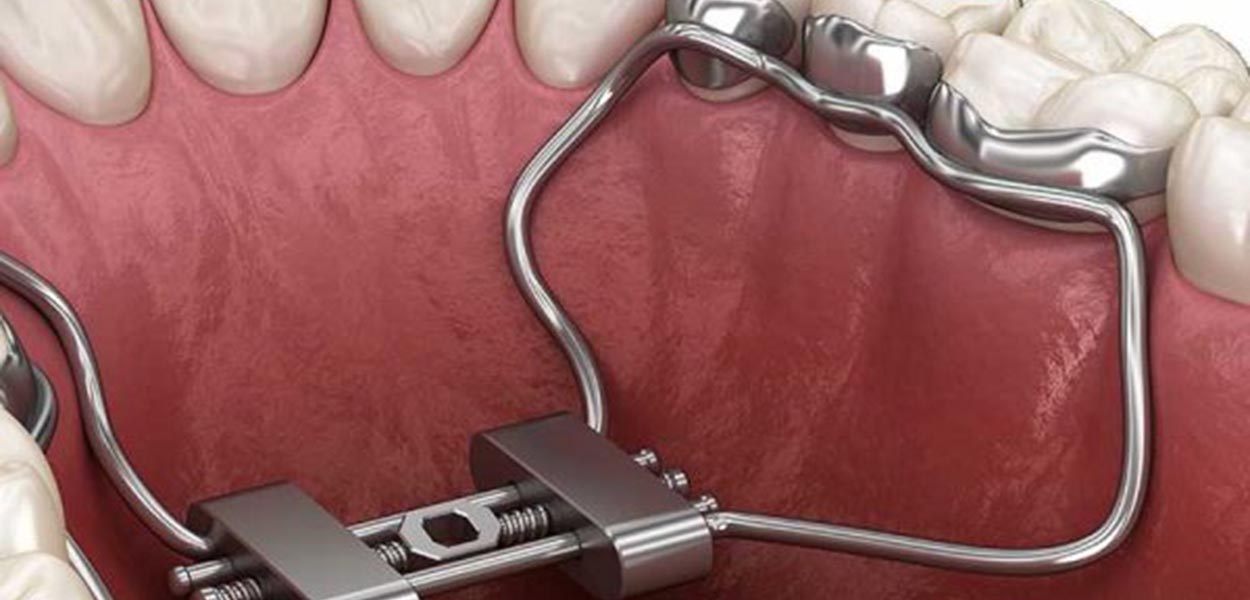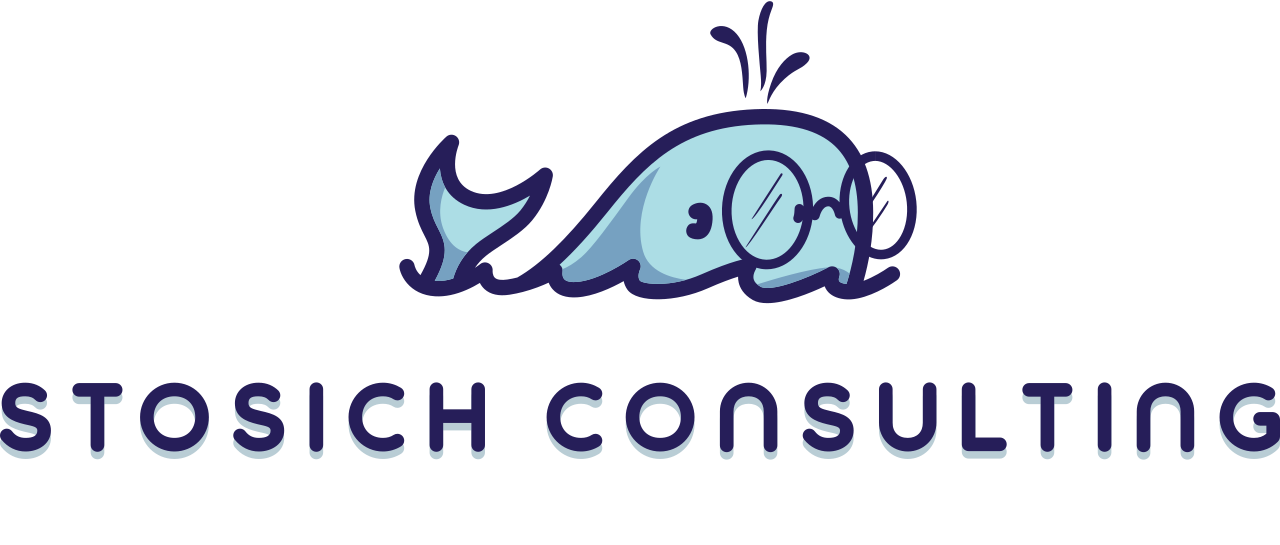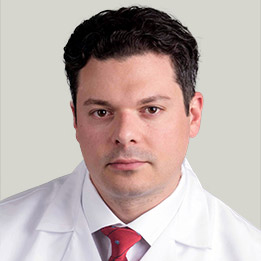Will Certain Braces Eliminate the Need for Extractions or Expanders?

Kenilworth, IL – Self-ligating braces have become a more popular orthodontic treatment option recently, thanks in part to the marketing behind them. Makers of these braces claim faster and more comfortable treatment times. But they also make the claim that self-ligating braces can eliminate the need for tooth extractions or the use of palatal expanders.
Dr. Michael Stosich, an orthodontics expert in the Chicago-area, believes these claims are not accurate, however.
“It’s important to first understand what self-ligating braces are to then determine what they can deliver, and what their limits are,” says Dr. Stosich. “This kind of braces use brackets and wires, however, instead of the archwire being held in place with an elastic module, these use a sliding door mechanism. Makers of these braces claim that the door system places less pressure on the teeth than the elastic tie system, thereby making treatment more comfortable. They also claim it makes the teeth able to move more efficiently.”
This, however, fundamentally ignores the basic laws of physics and is incorrect.
For many orthodontic patients, we aren’t just trying to achieve slight movements of the teeth – we are trying to expand to make room and ensure an adequately spaced and harmonious smile. There are two types of expansion that can happen in orthodontics. The first is dental expansion, in which we are moving the teeth through the bone to ensure the teeth are adequately spaced. The other is orthopedic expansion. This means we are expanding the bones themselves.
All braces systems are designed to achieve proper dental expansion. But can self-ligating braces achieve orthopedic expansion?
Damon Braces, one of the leading brands of self-ligating braces makes this claim on their website:
In the past, creating space and developing arches required bulky headgear and palatal expanders. The Damon System’s revolutionary approach uses light, biologically-sensible forces to develop beautiful natural arches, in most cases without the need for headgear or palatal expanders.
That isn’t exactly the case, though, as Dr. Stosich explains.
“It would be wonderful if there were a braces system that was an all-in-one, and that could achieve both dental and orthopedic expansion,” says Dr. Stosich. “But that isn’t the way they are designed to work. There is no magic in healthcare. Braces handle the dental expansion, after the orthopedic expansion has made the room for the teeth to be in their ideal locations.”
It boils down to simple physics, really. Braces in and of themselves do not widen the teeth, it is the archwire (the wire). There is no bracket in the world that can do that, despite marketing hype. Importantly, if the jaw is too narrow, all the dental expansion in the world won’t matter as it is not treating the problem, i.e. the cause.
In the event that a jaw is too narrow, we need to widen it in order to make room for the teeth to be properly spaced. The only true, effective way to do that is to use a palatal expander. Palatal expanders are used in the mouths of growing adolescents to gradually widen the jaw to allow enough room for the teeth. When we begin palatal expander use in adolescents at the right time, it is fairly simple and straight-forward. The upper jaw actually develops as two halves that don’t fuse together until after puberty. That makes it possible for the palatal expander to gently separate and expand the bones.
[dzs_video source=”https://identityortho.com/wp-content/uploads/2018/12/palatal-expanders.mp4″ config=”minimal_player” height=”” responsive_ratio=”off”]
Tooth extraction may still be needed for some patients. While palatal expanders can widen the arch to an extent, there is a limit to how much we can expand. For patients with extremely narrow arches, extractions may still be necessary to create the most ideal smile.
It is important to note that it is the wire, and not the type of brackets holding the wire, that does the heavy lifting during braces treatment. No matter what type of bracket system you use, there is a limit to what the braces can achieve, based on your jaw composition. However, if we have successfully expanded the arch using a palatal expander during adolescence, we can see much different and greater results, and can lessen the need for extractions.
“My best advice for orthodontic patients is to seek out an orthodontist who acknowledges evidenced based research about any grand claims you may hear about a certain treatment,” says Dr. Stosich. We are here to help you with that. “We treat patients everyday, using a host of different appliances and braces options, and we have the experience to help get to the truth behind marketing gimmicks.”


